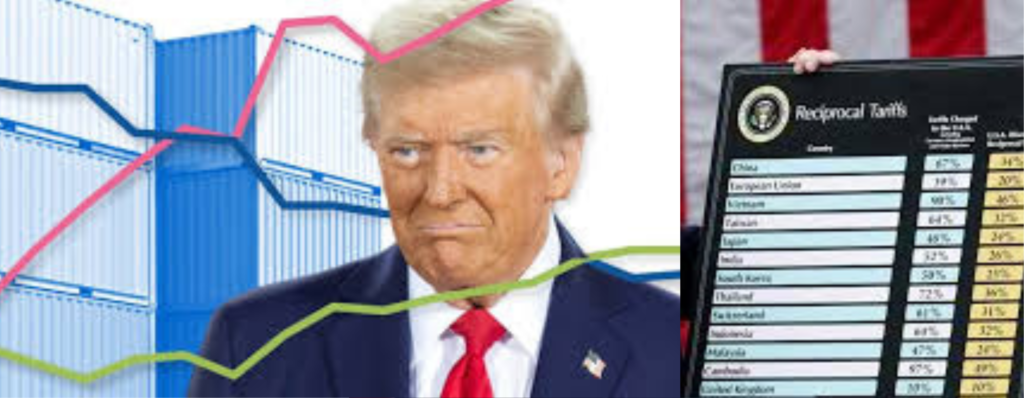Part 1: Understanding Innovative Finance ISAs
The Evolution of ISAs
Individual Savings Accounts (ISAs) have been a cornerstone of UK personal finance since their introduction in 1999, offering tax-efficient ways for people to save and invest. Originally limited to cash savings and stocks and shares, the ISA landscape expanded significantly in April 2016 with the introduction of the Innovative Finance ISA (IFISA).
This new category represented the government’s recognition of alternative finance as an important part of the UK’s financial ecosystem. The IFISA was specifically designed to include peer-to-peer (P2P) lending and debt-based securities within the tax-free ISA wrapper.
How Innovative Finance ISAs Work.
An IFISA allows UK taxpayers to use their annual ISA allowance (£20,000 for the 2024/25 tax year) to invest in qualifying loans and debt-based securities while enjoying tax-free returns. This means no income tax is payable on the interest or returns generated through an IFISA.
Unlike Cash ISAs, where your money is held as a deposit with a bank, IFISAs involve lending your money to individuals, businesses, or projects. This can be done directly through lending platforms or via companies that fund specific sectors – such as property development.
The Regulatory Framework
IFISAs operate under Financial Conduct Authority (FCA) regulation. Since taking over regulation of the alternative finance sector in 2014, the FCA has progressively strengthened its oversight, with significant rule enhancements implemented in 2019. These regulations require IFISA providers to clearly communicate risks and returns, assess investor understanding, and maintain appropriate systems for protecting client assets.
Part 2: The Rise of Property-Backed IFISAs
Property Development Funding Gap
The UK has experienced a persistent housing shortage, with estimates suggesting the country needs to build 300,000 new homes annually to meet demand – a target that has consistently been missed. Traditional banking finance for property developers tightened significantly following the 2008 financial crisis, creating a funding gap for many viable housing projects.
IFISAs emerged as one solution to this challenge, connecting retail investors with property developers seeking finance for their projects. This created a mutually beneficial relationship: developers gained access to alternative funding sources, while investors received attractive returns secured against UK property assets.
Sustainable Housing Focus
In recent years, the need for sustainable housing has become increasingly urgent. The UK government has set ambitious targets for reaching net-zero carbon emissions by 2050, with the construction and operation of buildings accounting for approximately 40% of UK carbon emissions.
Developing energy-efficient, sustainable homes is not just environmentally responsible – it also responds to growing consumer demand for properties with lower environmental impacts and reduced energy costs. Many IFISAs now specifically target funding for sustainable housing developments.
Part 3: Beaufort Property Invest’ Sustainable Housing IFISA
Funding the construction of family homes in the Southeast
Beaufort Property Groups Innovative Finance ISA focuses specifically on funding the construction of sustainable homes in the Southeast of England. This targeted approach addresses two key needs simultaneously:
- The critical housing shortage in one of the UK’s most in-demand regions
- The urgent requirement for environmentally responsible, energy-efficient housing
The Southeast has consistently faced housing pressure due to its economic strength, proximity to London, and desirable living conditions. By focusing on sustainable development in this region, Our IFISA addresses a genuine market need with positive environmental impact.
Sustainability Features
The sustainable homes funded through Beaufort Property Invest’ IFISA incorporate numerous environmentally responsible features:
- Energy-efficient design and materials
- Renewable energy capabilities
- Sustainable construction methods
- Reduced carbon footprint
These features not only benefit the environment but also provide homeowners with lower energy costs and align with the UK’s regulatory direction toward more sustainable building standards.
Part 4: Understanding the Returns on Property-Backed IFISAs
Competitive Returns Explained
One of the most compelling aspects of IFISAs in general, and Beaufort Property Invests IFISA specifically, is the potential for competitive returns compared to many traditional savings options. While returns can vary based on specific projects and risk levels, property-backed IFISAs typically offer target returns that exceed rates available through mainstream bank products.
Why IFISA Returns Can Exceed Bank Rates
Several factors contribute to the potentially higher returns offered by property-backed IFISAs:
- Direct investment model: IFISAs remove many intermediaries from the lending process. When you deposit money in a traditional bank account, the bank lends that money out at a higher rate than they pay you, keeping the difference as profit. IFISAs connect investors more directly with borrowers, potentially allowing investors to capture more of the return.
- Risk-return relationship: Basic financial theory holds that higher risk investments should offer higher potential returns. Property-backed IFISAs carry different risks than bank deposits and therefore can offer different return profiles. While bank deposits up to £85,000 are protected by the Financial Services Compensation Scheme (FSCS), IFISAs typically secure investments against property assets instead.
- Funding specialised sectors: By focusing on specific sectors like sustainable family housing development, IFISAs can target areas where funding demand is high and specialised knowledge provides value. Developers may be willing to pay a premium for funding that understands their specific needs and timeframes.
- Lower operational overhead: Many IFISA providers operate with leaner business models than traditional banks, potentially allowing them to offer more competitive rates while maintaining profitability.
- Tax advantages for investors: The tax-free nature of IFISA returns enhances their effective yield, particularly for higher and additional rate taxpayers who would otherwise pay significant tax on interest income.
Risk Considerations
It’s important to understand that the potentially higher returns from IFISAs come with different risk considerations than bank savings products:
- Capital at risk: Unlike bank deposits, money invested in IFISAs is not covered by the FSCS and your capital is at risk.
- Property market exposure: Returns may be affected by conditions in the property market and broader economy.
- Liquidity considerations: Investments are typically committed for fixed terms with limited or no early access options.
- Security realisation: In the event of a defaulted loan, recovering funds through property security may take time.
These risk factors are why IFISAs can offer the potential for higher returns – they represent a different risk-return profile than cash savings products.
Part 5: The Broader Context of Sustainable Investment
Growing Demand for Ethical Investment Options
Beyond competitive returns, many investors are increasingly seeking opportunities to align their investments with their values. Sustainable and ethical investment has grown dramatically in recent years, with responsible investment funds seeing record inflows.
Beaufort Property’s Invest focus on sustainable housing development responds to this trend, offering investors the opportunity to potentially achieve competitive returns while supporting environmentally responsible housing construction.
Environmental and Social Impact
Investing in sustainable housing development through an IFISA potentially delivers multiple positive outcomes:
- Environmental benefits: Energy-efficient homes with lower carbon footprints
- Social benefits: Contributing to addressing the housing shortage
- Economic benefits: Supporting construction jobs and the broader housing ecosystem
- Future-proofing: Buildings developed to meet emerging environmental standards
Long-term Investment Perspective
Sustainable property development aligns with long-term trends in regulation, consumer preference, and environmental necessity. As the UK transitions toward its net-zero goals, properties with strong sustainability credentials may potentially maintain their value and desirability better than less efficient alternatives.
Conclusion: Innovative Finance ISAs and Sustainable Family Homes
Innovative Finance ISAs represent a significant development in how UK investors can deploy their capital while enjoying tax-efficient returns. By connecting investor funds directly with property developers focused on sustainable housing in the Southeast, Beaufort Property Invests IF-ISA offers a distinctive combination of potential benefits:
- The opportunity for competitive returns within a tax-efficient wrapper
- Direct contribution to sustainable housing development in an area of high demand
- Alignment with growing environmental awareness and responsible investing trends
For investors seeking alternatives to traditional savings options while supporting environmentally conscious housing development, property-backed IFISAs focused on sustainability merit consideration as part of a diversified approach to saving and investing.
As with any investment, understanding the specific risks, terms, and features of any IFISA offering is essential before committing funds. The potentially higher returns compared to bank savings products reflect the different risk profile of these investments.



